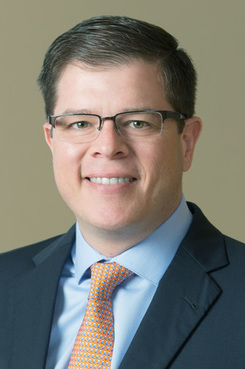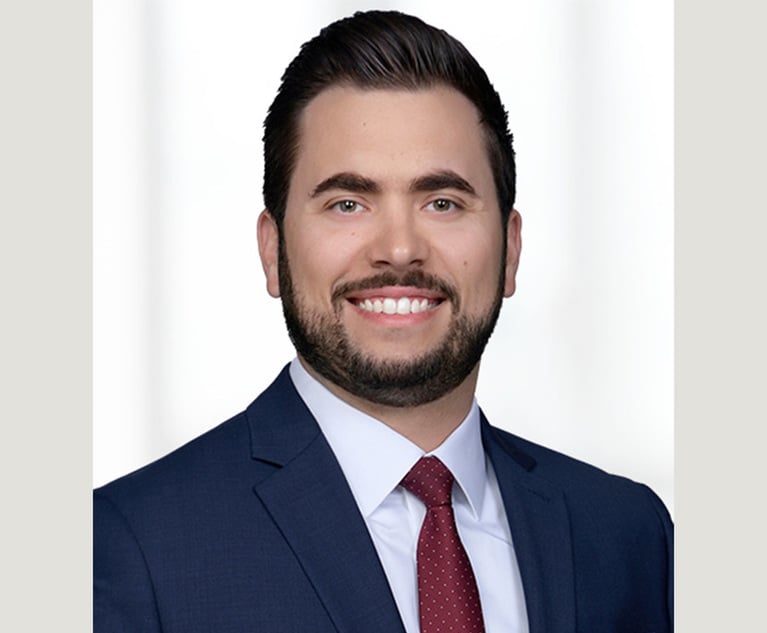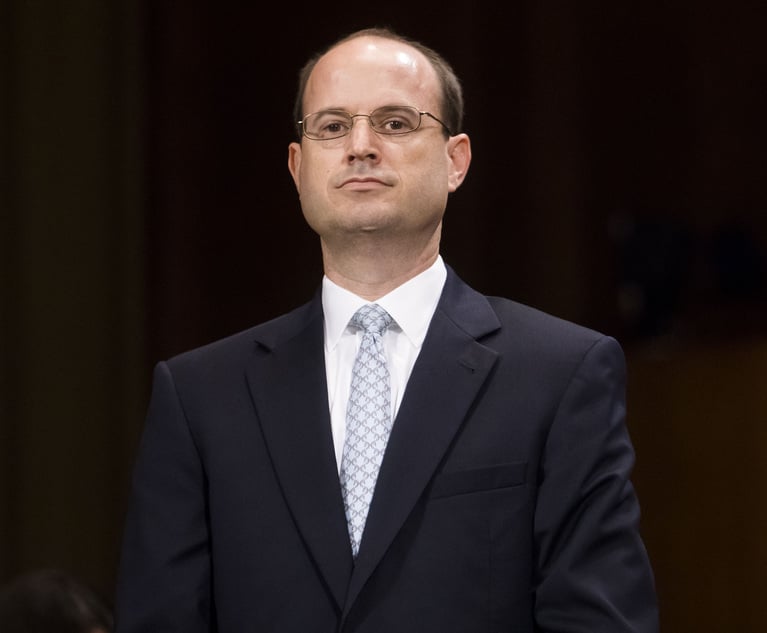General practice (GP) firms around Florida are rethinking how to best serve their clients’ intellectual property needs. Instead of building a small patent group of a few patent attorneys, GP firms turn to an unexpected ally: big IP boutiques. Big IP boutiques have 50-plus patent attorneys, scientific advisers and patent agents. The allegiance between GP firms and big IP boutiques yields unexpected and profitable results. Clients are thrilled because they receive top-quality patents drafted by highly specialized patent attorneys. GP firms are thrilled because they continue actively representing their clients without the profit-draining overhead and support required for a GP firm to maintain an in-firm patent group. Indeed, by joining forces with big IP boutiques, GP firms can offer their clients a world-class bench of patent expertise with far deeper resources and experience relative to a smaller patent group.
The GP Firm/Patent Group Cycle: Bolt On, Bolt Off, Bolt On …
Traditionally, once GP firms reach a certain size and visibility, inevitably they consider bolting on a small patent group. The thinking goes: “If we’re going to be a true full service firm, we need a patent group. Plus, patent groups practically print money.” So it happens that GP firms invest years of time and treasure nurturing a small patent practice group. In some cases, the small patent group never grows beyond one or two attorneys that handle the patent needs of the firm’s institutional clients. In other cases, defections of unsatisfied attorneys or clients weaken the small patent practice group. In still other cases, the small patent group succeeds, then quietly unbolts from the GP firm to open a small boutique directly servicing the firm’s clients. To complete the cycle, when it comes time for senior patent partners at the small IP boutiques to wind down, they look to sell to GP firms. Real-life examples of the GP firm/small patent group cycle come to mind without much effort.


 Alex Fernandez, Shareholder, Brinks Gilson & Lione, Tampa
Alex Fernandez, Shareholder, Brinks Gilson & Lione, Tampa




